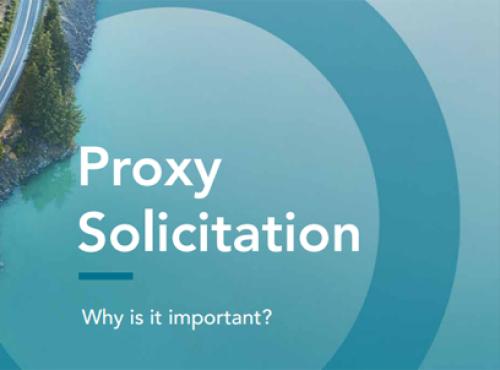Believe it or not, the initial public offering (IPO) – an event whereby shares in a company are first made available to members of the public – dates its lineage all the way back to the Roman Republic, where shares (partes) of ownership of legal bodies (publicani) traded in a type of over-the-counter market in Rome’s Forum.
Today, the IPO is how shares in the majority of corporations are made available to the public, thanks to the ubiquity of the stock exchanges that drive much local capital markets activity. But the ways in which companies come to market can be far less direct: often, private ownership structures – as exemplified by some of the world’s largest firms, many of them tech sector companies that were launched with venture capital backing or private cash – are hard to transition into the public domain.
Now companies are faced with several options: there are dual listings to reach investors in multiple constituencies, direct listings to ensure equal access to existing shareholders, or even special purpose acquisition companies (Spacs) and other more specialized instruments.
Tom Attenborough, head of international primary markets at the London Stock Exchange Group (LSEG), acknowledges that it’s been a tough time for IPOs, but believes traditional public offerings are bouncing back. ‘There’s clearly been a period recently where it’s been more difficult to get to market: we’ve seen volatility hit levels even higher than during the 2008 financial crisis,’ he explains. ‘Understandably, the first thing that goes in that environment is new listings as investors are instead focused on protecting the value in their existing portfolios and making sure those companies are adequately capitalized.’
With those higher volatility levels and a slow recovery in global equity markets in Q2 2020, IPO activity has remained subdued this year, though follow-on offering activity has recovered strongly, according to PwC’s latest figures. The accountancy firm found global IPO activity boosted toward the end of the half-year by a resurgence in the US IPO market as the impact of the Covid-19 pandemic began to wane: there were 186 IPOs raising $42.3 bn in Q2, with the Americas accounting for 61 percent ($25.6 bn) of global IPO proceeds in the quarter.
As Attenborough puts it, this ‘very significant’ pick-up in activity could have been boosted further were it not for the fact that more companies may be waiting in the wings to come to market, forced by the pandemic to postpone their plans.
‘The traditional way of listing through an IPO is far from being broken,’ he continues. ‘From a low point in mid-March, we’ve seen a pick-up in activity again. As risk appetite increases, we will start seeing a slightly more normalized IPO pipeline in the second half of the year.’
Direct listings offer speed, but with strings attached
Whether or not the future of company floats becomes normalized again remains to be seen; in the wake of the pandemic, traditional trips to the stock exchange for a press-friendly IPO have been dropped in favor of virtual events (see Ring that virtual bell) where a company’s management team is live-streamed into an exchange's opening bell ceremony.
But this is nothing new, particularly in the context of direct listings, a route to market that received a lot of attention during 2019. The 2018 direct listing of the music streaming platform Spotify was the float that grabbed most headlines that year, due to both its scale (it valued the firm at $26.5 bn at the closing bell) and the fact that it would serve as a test case for privately owned tech firms going public.
The key difference with an IPO is the lack of underwriting assistance from an investment bank, and the fact that new capital is not created or raised. Instead, shares held by company insiders (employees, executives and private shareholders, for example) are made available to be bought by the public.
In its video, ‘Why direct list?’, Spotify says one of the main reasons behind the choice to list directly was to provide ‘equal access to all buyers and sellers’ without the intervention of underwriting syndicates, limited floats, IPO allocations or preferential treatment for any investor. ‘Unlike the traditional IPO, it’s a completely level playing field with no built-in pop for anyone,’ the company added.
This is an extract from an article that appeared in the Fall 2020 issue of IR Magazine. To continue reading, click here to open the full digital edition of IR Magazine










